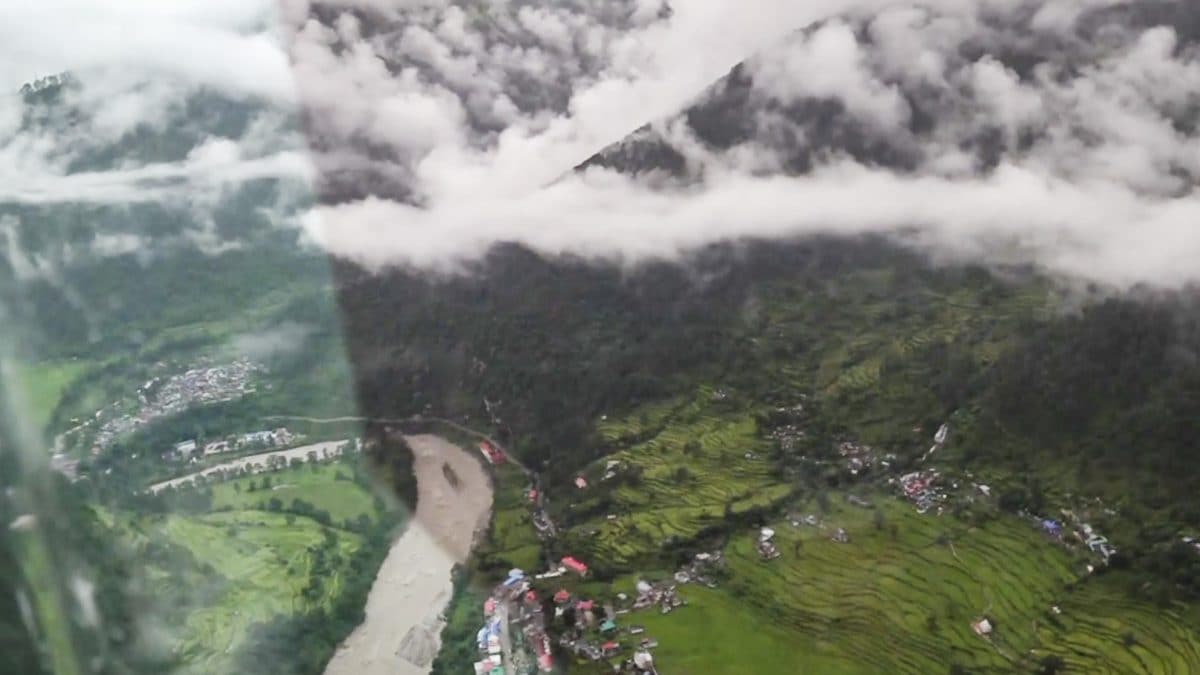

The recent landslide in Dharali, Uttarakhand, which resulted in at least four deaths and left 50 missing, serves as a stark reminder of the increasing vulnerability of India's Himalayan region to climate-related disasters. Triggered by a cloudburst in the upper reaches of the Kheer Ganga river, the flash floods swept through the village, washing away homes, hotels, and infrastructure. Such extreme weather events are becoming more frequent and intense, underscoring the urgent need for comprehensive flood insurance to protect lives and livelihoods.
The disaster in Dharali highlights the limitations of relying solely on traditional disaster relief measures. While rescue operations are underway with teams from the Indian Army, Indo-Tibetan Border Police (ITBP), National Disaster Response Force (NDRF), and State Disaster Response Force (SDRF) working jointly, the scale of destruction necessitates a more proactive approach. The India Meteorological Department has warned of continued heavy rainfall across the state, raising concerns of further landslides and disasters.
Flood insurance, as a subpart of home insurance, is a crucial tool for mitigating the financial impact of such events. It provides compensation for repair expenses in case of floods caused by overflowing rivers, incessant rain, or tidal conditions. While standard homeowner's insurance typically does not cover flood damage, a separate flood insurance policy can protect property and belongings. A comprehensive home insurance plan is a must because it can take decades to save for a house in India, and a massive flood can destroy all of that in a few minutes.
However, flood insurance is not yet widely adopted in India. Several factors contribute to this, including a lack of awareness, affordability issues, and a perception that such events are rare. The Indian government has introduced schemes like the Unified Package Insurance Scheme (UPIS) to widen the scope of flood insurance, but more needs to be done to ensure its effective implementation and reach.
To promote flood insurance, the government and insurance providers should focus on:
The Dharali landslide is a tragic reminder that climate change is no longer a distant threat but a present reality. As extreme weather events become more frequent and intense, flood insurance is an essential tool for building resilience and protecting vulnerable communities. By promoting its wider adoption, India can better prepare for and respond to the growing challenges posed by floods and landslides.